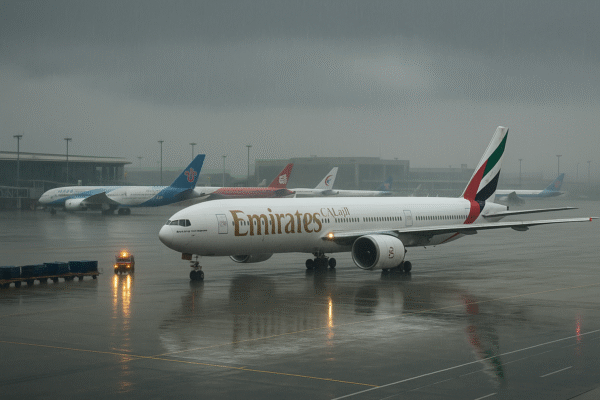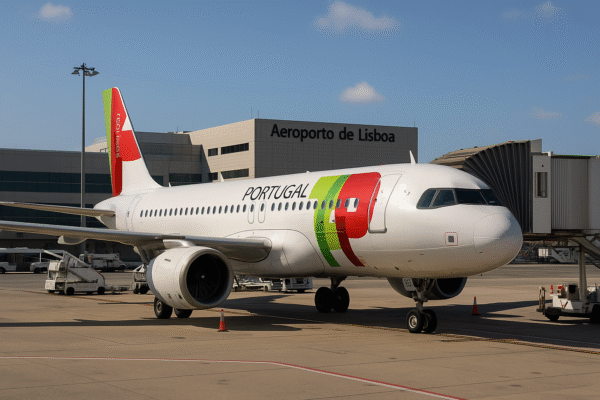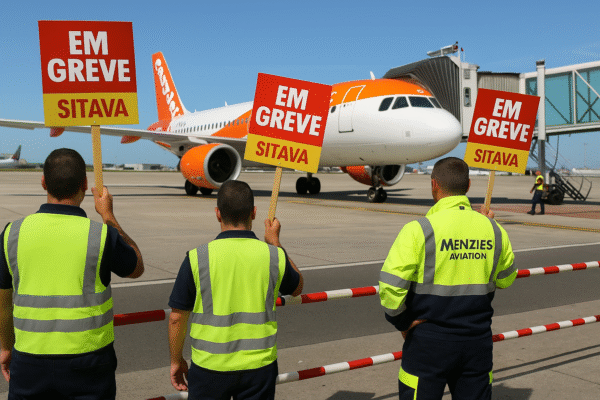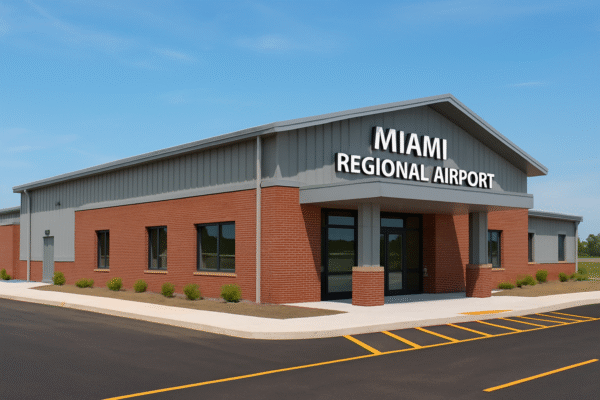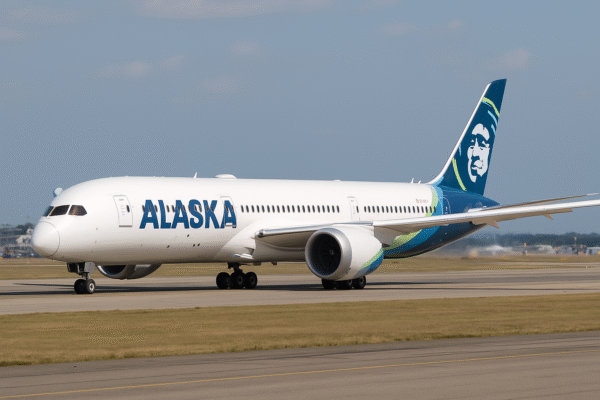Alaska Airlines is making bold strides in the global aviation scene with the launch of new international routes from its Seattle-Tacoma International Airport hub. The airline recently confirmed direct flights to two major European destinations—London Heathrow and Reykjavík—marking a significant expansion into the transatlantic travel market.
This strategic move underlines Alaska Airlines’ ambitions to evolve from a primarily domestic carrier into a global contender. Traditionally focused on West Coast and domestic routes, the airline is now leveraging its increased fleet capacity and international vision following the $1.9 billion acquisition of Hawaiian Airlines in 2024.
Global Aspirations Take Flight
Alaska Airlines has long been a favorite among U.S. travelers for its quality service, customer loyalty programs, and efficiency on domestic routes. However, the landscape is shifting. As travelers increasingly seek alternatives to the dominant “Big Four” carriers—Delta, United, American, and Southwest—Alaska Airlines is seizing the opportunity to offer new long-haul choices.
By 2030, Alaska Airlines plans to serve at least 12 intercontinental destinations, carving a niche as a competitive, high-quality airline for both business and leisure international travelers. The airline’s expansion includes confirmed direct flights from Seattle to Tokyo Narita (launching September 2025), Incheon in South Korea (January 2026), London Heathrow (Spring 2026), and Reykjavík, Iceland (also Spring 2026).
London and Reykjavík: Two Gateway Cities
The newly announced routes to London and Reykjavík stand out for their strategic and tourism-driven potential.
London Heathrow (LHR) will serve as a crucial transatlantic hub for Alaska Airlines. As one of the world’s busiest airports, LHR offers seamless connections to the UK, Europe, Africa, and beyond. This new route will be serviced by the state-of-the-art Boeing 787-9 Dreamliner, a long-haul aircraft renowned for fuel efficiency, quieter cabins, and enhanced passenger comfort.
Reykjavík (KEF), Iceland’s bustling capital and main air gateway, is another inspired choice. Tourism to Iceland has skyrocketed in recent years, with travelers drawn to its otherworldly landscapes, geothermal spas, Northern Lights, and rich Nordic culture. Alaska Airlines will service this route using the Boeing 737 Max 8, an ideal aircraft for mid-range international travel. The airline is tapping into the increasing demand for adventure travel and eco-tourism that has made Iceland a top destination in Europe.
Fleet Expansion with the Boeing 787-9 Dreamliner
One of the most critical components in Alaska Airlines’ international push is the introduction of the Boeing 787-9 Dreamliner into its fleet. Inherited through the acquisition of Hawaiian Airlines, the Dreamliner allows Alaska Airlines to operate long-haul routes that were previously out of reach.
Designed for extended-range travel, the 787-9 boasts features like larger windows, improved air quality, and reduced jet lag—all essentials for flights over eight hours. Alaska Airlines plans to grow its Dreamliner fleet to at least 17 aircraft by 2028, supporting its ambitions for global connectivity from the U.S. West Coast.
Enhanced In-Flight Experience
Beyond just new destinations, Alaska Airlines is also revamping its in-flight services to meet the expectations of international travelers. On long-haul routes, passengers can expect upgraded business class options, complete with lie-flat seating, premium bedding, pajamas, and a refreshed menu featuring multicourse meals and a curated wine list.
Economy class travelers aren’t left behind either, with upgraded seating, entertainment systems, and gourmet meal selections ensuring a comfortable journey. This improved passenger experience is central to Alaska’s plan to attract both business and leisure travelers who have grown weary of the legacy carriers.
Seattle as a Global Gateway
Seattle-Tacoma International Airport (SEA) continues to solidify its reputation as a major international travel hub. With these new routes, Alaska Airlines is not only expanding its network but also reinforcing Seattle’s position as a premier North American gateway to Europe and Asia.
By basing its long-haul growth strategy in Seattle, the airline benefits from the city’s tech-driven, globally connected economy. The location also serves as a prime transfer point for travelers from other West Coast cities and even parts of Canada.
Tourism and Economic Impact
Tourism boards and travel officials in both Iceland and the United Kingdom have welcomed the move. According to Visit Iceland, direct air access from the U.S. is crucial to maintaining tourism growth. With the tourism sector contributing over 8% to Iceland’s GDP, Alaska’s entry into this market supports sustainable visitor numbers and economic development.
In the UK, the new connection to London opens up increased opportunities for business and leisure tourism, cultural exchange, and trade. The transatlantic route is expected to be especially popular during summer and holiday seasons.
Looking Ahead
With aggressive plans for future growth, Alaska Airlines is poised to become more than just a regional favorite. Its entry into long-haul international travel is already changing the airline landscape and offering travelers new options beyond the established giants.
As demand for global travel rebounds, Alaska Airlines is delivering timely, customer-focused solutions that blend value, service quality, and destination variety. These newly announced routes are only the beginning of what promises to be a transformative decade for the Seattle-based carrier.
For more travel news like this, keep reading Global Travel Wire





